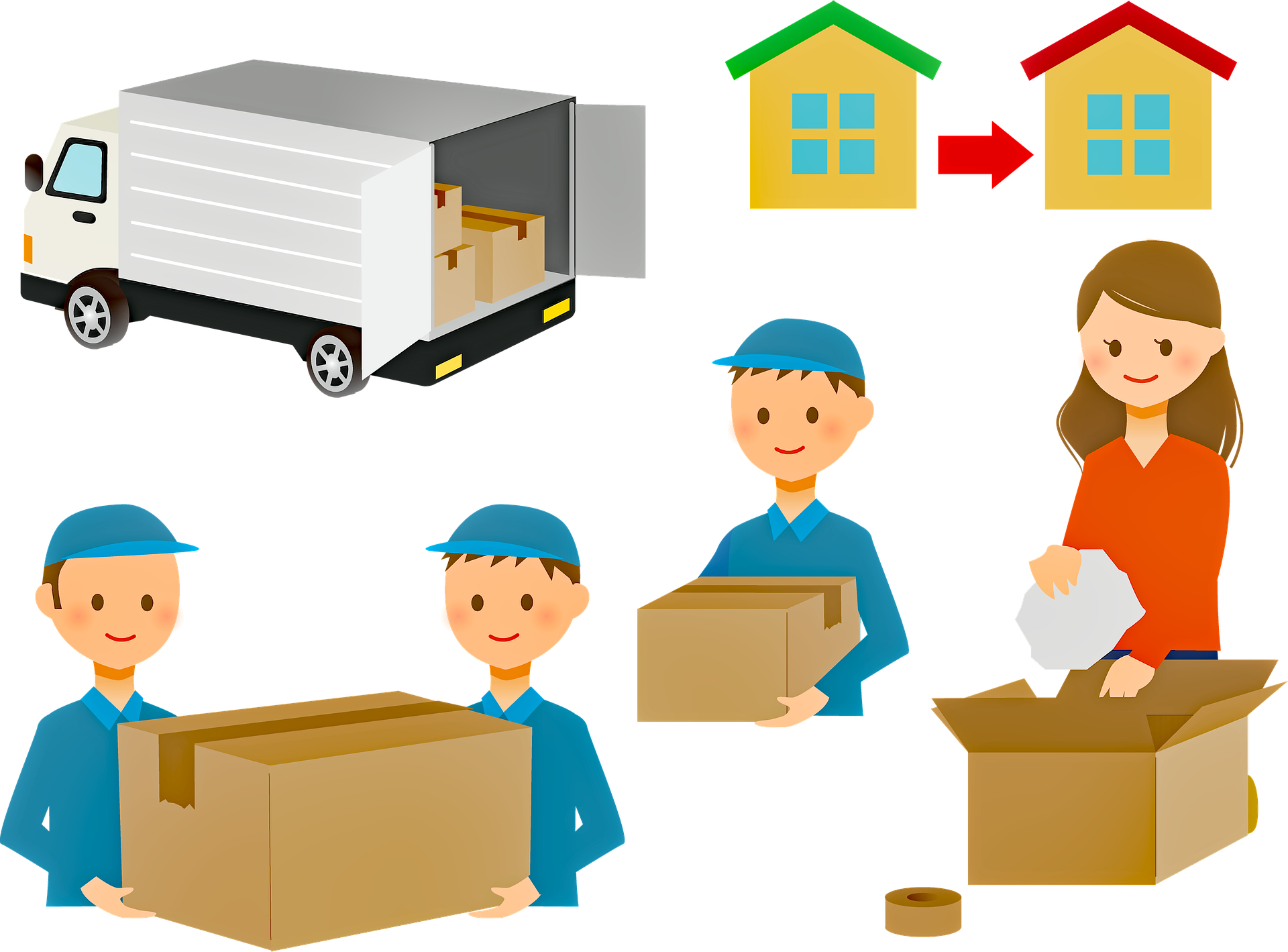It is important for parents and guardians to be aware of the potential dangers of the internet that could affect their children.
Children are especially vulnerable to online risks such as cyberbullying, identity theft, and inappropriate content. Unfortunately, these risks can occur regardless of age or experience level so it’s important for kids to understand how to stay safe online.
Reasons For Monitoring Your Kid’s Internet Use:

1. Online Bullying: Watch Out For The Warning Signs
Bullying is unfortunately part of the potential Internet dangers for kids. Make sure you educate your child about online bullying and tell them to alert you if they encounter any negative behavior on the web. Talk with your child about how to spot suspicious activity, such as cyberbullying, and discuss ways to avoid it.
2. Identity Theft: Protecting Kids Online
The Internet can unfortunately be an ideal platform for identity thieves to steal personal information. Make sure your child knows never to give out confidential information, such as their address or phone number, without discussing it with you first. It’s also important to make sure your child is using secure passwords and websites, so they don’t become targets of these dangerous online predators.
3. Exploitation: Online Dangers for Kids
Children can be especially vulnerable to exploitation that takes place on the Internet. As a parent, it’s important to make sure your child is aware of the dangers of accepting emails from strangers or engaging in online conversations with people they don’t know. Additionally, you should monitor their activity online and warn them against posting inappropriate photos or content that could put them at risk.
4. Malicious Content and Viruses
The vastness of the Internet means there are plenty of malicious websites, content, and viruses out there. You should use parental control software to block any potentially dangerous content from reaching your child’s computer or device. Setting up firewalls, filters, and other security measures can also help protect your child from malicious content and viruses.
You May Also Check: What Are Some Best Practices To Prevent Phishing Attacks?
5. Inappropriate Content: Setting Limits On Web Activity
It’s inevitable that kids will come across inappropriate content online. Be proactive about setting limits for your kid’s web activity and periodically reviewing their internet history together. Talk to them about what kind of material is appropriate for them to see, as well as the consequences of looking at inappropriate content. Let them know that if they ever come across something concerning, they can come to you for help.
Check this article for more vital information.
Keep Your Kids Safe: Tips To Consider

To keep your children safe from internet dangers, here are some tips you should consider:
- Talk with your child about acceptable online behavior and activities. Explain the importance of avoiding risky behavior like giving out personal information or engaging in cyberbullying. Make sure they understand what constitutes appropriate language and content as well as why strangers might pose a threat.
- Monitor their online activity, especially if they’re younger children who may not know better. Keep an eye on the websites they’re visiting and the people with whom they’re communicating.
- Teach your child to be cautious about clicking links from strangers or unfamiliar websites and never to download content without you knowing about it first. Explain why opening suspicious emails can lead to malware infections and other potential risks.
- Make sure they understand that people aren’t always who they claim to be online and that it can be difficult to verify identities over the internet. Encourage them to think twice before sharing information with someone and discourage them from meeting up with strangers in real life, even if they think they’re speaking with a friend.
- Set rules on the amount of time your child can spend online and which sites they’re allowed to visit. Monitor their activities and use parental control settings to block access to unsuitable websites or content. Talk to them about how cyberbullying works and instill in them an understanding of what is appropriate behavior online, especially on social media platforms.
- Keep channels of communication open by talking regularly about the risks associated with using the internet, and make sure your child knows that you’re there for support if anything upsets them or makes them feel uncomfortable online. Encourage open dialogue so that your child feels comfortable telling you when something isn’t right.
- Ensure that your child knows never to give out any personal information – like a home address or even a full name – without explicit permission from you, as this could put them at risk for identity theft and other dangerous situations.
- Talk about respecting other people’s intellectual property by not downloading copyrighted material illegally or using someone else’s images without permission. Encourage your child to think carefully before posting anything online.
Conclusion
Keeping your child safe on the internet is an important part of parenting in the digital age. It’s important to establish clear guidelines, open lines of communication, and appropriate consequences for inappropriate behavior online.
Empower them with knowledge and tools to help them stay safe as they navigate their way through the online world. With a bit of effort, you can make sure that your child has a positive and secure experience with technology.
By following these tips and having an ongoing dialogue with your children about using the internet safely, you can ensure that they have a positive experience when navigating the web. By teaching kids how to use the internet responsibly from a young age, you are helping to create responsible digital citizens.
Read Also:






















